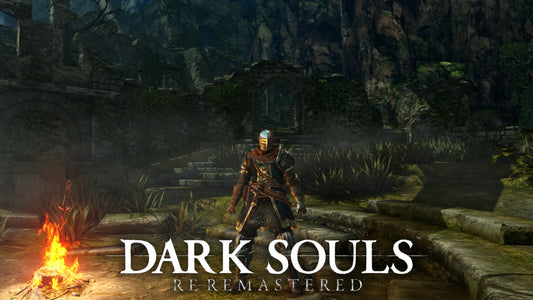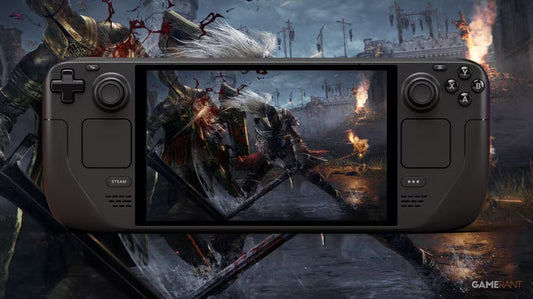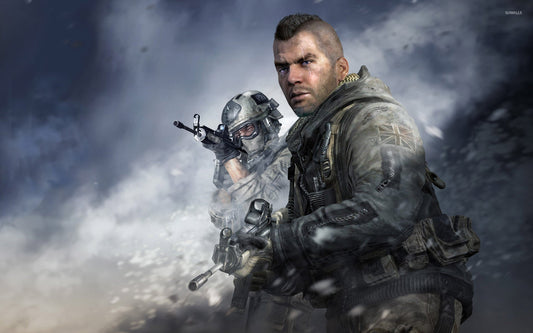Origins and Early Foundations of Tactical Shooter Games
The roots of tactical shooter games trace back to the earliest days of immersive military simulations and first person experiences. These games emphasized precision, teamwork, and strategy above all else. Unlike run and gun shooters, tactical shooter games demanded patience, thoughtful movement, and communication. From the first realistic warfare simulations, developers began layering in planning, positioning, and decision making under pressure. The result was a new subgenre that balanced the thrill of combat with the brainpower of tactical execution.
These early titles set the stage by rewarding methodical thinking over reckless aggression. Players mastered map knowledge, learned bullet drop and recoil control, and coordinated with teammates instead of soloing through firefights. The appeal was clear. Tactical shooter games offered a level of tension and coordination that traditional action shooters simply could not match.
The Rise of Competitive Play and Strategic Depth
As LAN parties became popular and online gaming matured, tactical shooter games found a natural home in competitive environments. Titles in this genre began crafting their identity around modes where every round mattered. Teams organized pre-round strategies, executed site control, and rotated between objectives to gain the upper hand. The importance of economic management added another layer—deciding when to save or spend on better weapons influenced team morale and outcomes.
This competitive focus reshaped the genre. Players developed roles such as entry fraggers, support, snipers, and lurkers. Success hinged on timing, communication, and coordinated utility use. Tactical shooter games delivered a unique blend of skill expression and strategic charades, where a perfectly timed flashbang or a silent flank could shift the tide of a match entirely.
Realism, Weapon Handling, and Environmental Interaction
One defining trait of tactical shooter games is their pursuit of realism. Weapons represent their real-world counterparts in handling, rate of fire, recoil, and damage falloff. Players must tap carefully, control bursts, and account for lifting barrels. This realism extends to environments that react to player actions. Breaching, cover destruction, and noise propagation all affect how firefights unfold. Players learn to fire short bursts from safety, watching rounds ping nearby walls, forcing enemies to retreat or reposition.
Environmental interaction is another key component. Tactical shooter games often allow players to reinforce walls, create rotations, shoot through penetrable surfaces, and clear spaces methodically. All of this deepens the gameplay loop beyond simply landing hits. It elevates firefights into immersive positioning wars where terrain and planning matter as much as aim.
The Role of Teamplay and Communication
While shooting mechanics are pivotal, real power in tactical shooter games comes from on point teamwork. A lone gunman may land shots, but without teammates coordinating utility, trading kills, and sharing intel, success remains fleeting. Communicating enemy locations, timing rounds, and syncing tactics transforms firefights into symphonies of coordination. The genre thrives on this communal dimension—no match ever plays the same way twice.
Match pacing reflects that too. Unlike more chaotic shooters, tactical titles adopt slower rhythms. Players clear corners, check angles, and share camera checks before committing. This shared rhythm rewards cognitive synergy. Successful teams read each other’s moves, predict rotation patterns, and drop utility at the perfect moment.
Innovation Through Objective-Based Modes
A key shift in tactical shooter games is the rise of objective-based formats. Moving away from pure deathmatch, designers added modes like hostage rescue, bomb plant and defuse, and VIP escort. Objectives force adaptation. Players must switch between offense and defense, rotate, protect, or infiltrate. These modes reinforce strategy, planning, and coordination rather than simply calling the most headshots.
Driving objective evolution are a wide diversity of maps that challenge players with multi-story layouts, sight-line chokepoints, and layered elevation. Objective placement, approach angles, and safe zones influence the meta at all levels. As maps evolve over seasons, teams adapt strategies, keeping gameplay fresh and competitive.
Technological Evolution in Tactical Shooters
The trajectory of tactical shooter games is inseparable from technology. Improved network fidelity, accurate hit registration, and precision server tick rates have enabled split-second reactions to matter. Map destruction, advanced lighting, and physics now dictate visibility, concealment, and cover strategy. AI opponents in story driven tactical shooters also deliver more realistic reactions, forcing players to anticipate suppression, flanking, and intelligent cover use.
Beyond graphics and engine enhancements, accessibility tools such as refined aim assist options, audio queues, and radar systems increase strategic clarity. Voice chat integration and team highlight overlays help new players ascend faster without weakening the tactical DNA that defines the genre.
The Genre’s Expanding Reach in Mainstream Gaming
Tactical shooter games were once the domain of hardcore players. Today, mainstream titles are borrowing the framework—tight guns, team roles, and objective focus—to widen appeal. Hybrid titles introduce simplified economy systems and faster pacing to lower the barrier of entry, inviting casual players into the mix without watering down complexity entirely.
Meanwhile, multiple successful tactical franchises continue to update with new seasons, cosmetic skins, and evolving meta maps. These live service models extend longevity and community investment. Developers balance keeping tactical shooter games relevant with upholding strategic gameplay integrity—a challenging balancing act that the genre has largely mastered.
Why Tactical Shooter Games Continue to Captivate
At their core, tactical shooter games offer a uniquely rewarding blend of mental and physical skill expression. While other shooters may rely on fast impressions or visual spectacle, tactical shooters demand thought, adaptability, and synergy. The satisfaction of executing a perfectly timed team rush or outsmarting opponents with creative strategy is unmatched.
This layered engagement keeps players returning. Whether competing in a ranked lobby or coordinating a clan match, the stakes never feel trivial. Every decision has weight. Every round plays like a puzzle. That sense of meaningful choice, strategic improvisation, and critical timing defines what makes tactical shooter games endure.
Final Thoughts on Tactical Shooter Games as a Genre
The evolution of tactical shooter games has transformed them from niche simulations into mainstream staples. Their legacy rests on player cooperation, realism, and deliberate pacing. The strategic complexity, team dynamics, and evolving objectives make them stand out in the shooter landscape. As technology and design philosophies continue to evolve, tactical shooter games remain uniquely captivating, delivering intense cerebral warfare that remains unmatched in video game genres.








